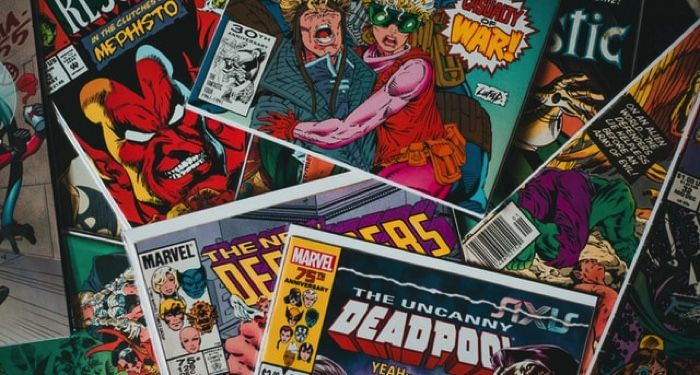Here’s a quick and dirty guide to these related terms: As you might imagine, with 80 years of history, superhero comics do this all the time. For example, Wonder Woman’s origin story was once closely tied to World War II, and Iron Man’s to the Vietnam War. Since both heroes are supposed to be vaguely 30ish in that nonspecific comics way, their backstories (and those of many other characters with similar origins) have been retconned many times over the years to keep them young and spry. Other times, a retcon might be done to patch over an error (Hawkman is a great example of this going very, very wrong), to remove dated and problematic elements, or just because the writer feels like it. The retcon might be laboriously explained in the comics, or it might just be dropped in there like “We’re changing things, deal with it.” Keeping track of comics’ endless retcons is basically impossible, but I keep trying to do it anyway because I’m stubborn. Don’t be like me. DC in particular is very fond of reboots: they’ve done major ones in 1985, 1994, 2011, 2016, and 2021. These can be hard reboots, like 2011’s New 52, which completely wiped the slate clean and started every single book over from zero, or softer reboots like 2016’s Rebirth, which gently smooshed the pre-52 and post-52 continuities together in a confusing sandwich of “both are true at once! somehow!” As you can imagine, they cause a lot of frustration when beloved stories, characters, and relationships are rendered obsolete, but also offer a lot of potential for dynamic new storytelling. Reboots are themselves the most massive of retcons, and also often require many smaller subsequent retcons to clean up the fallout. Now you see why I explained that word first. Marvel loves doing this. While DC can’t stop rebooting, Marvel will just cancel their entire line and release a new wave of #1’s every couple of years, often with the exact same titles and creative teams. This can have ludicrous effects: in 2015, for example, they published two completely different issues of The Unbeatable Squirrel Girl #1, one in March and one in October, with the same creative team, continuing the same story. It’s very funny and also frustrating if you’re trying to get new readers into comics without confusing them. There is also a certain cache in very high numbers, because when you hit #500 or #750 or #1000, you can make a big fuss about it, commission a dozen variant covers, and sell it for like $15. This is why, for example, the numbering of the 2014 volume of Fantastic Four goes #1-14 and then immediately jumps to #642. You know, like numbers do. (The next and current series, which began in 2018, started at #1, of course.) In conclusion, no, it’s not you, comics are just Like That. Hopefully this helped clear up some questions for you! If you’re still confused, my advice is, as always, to embrace the confusion. Comics are ridiculous and byzantine, but they’re still pretty great, rebooty warts and all. Even if they don’t know how to count.
